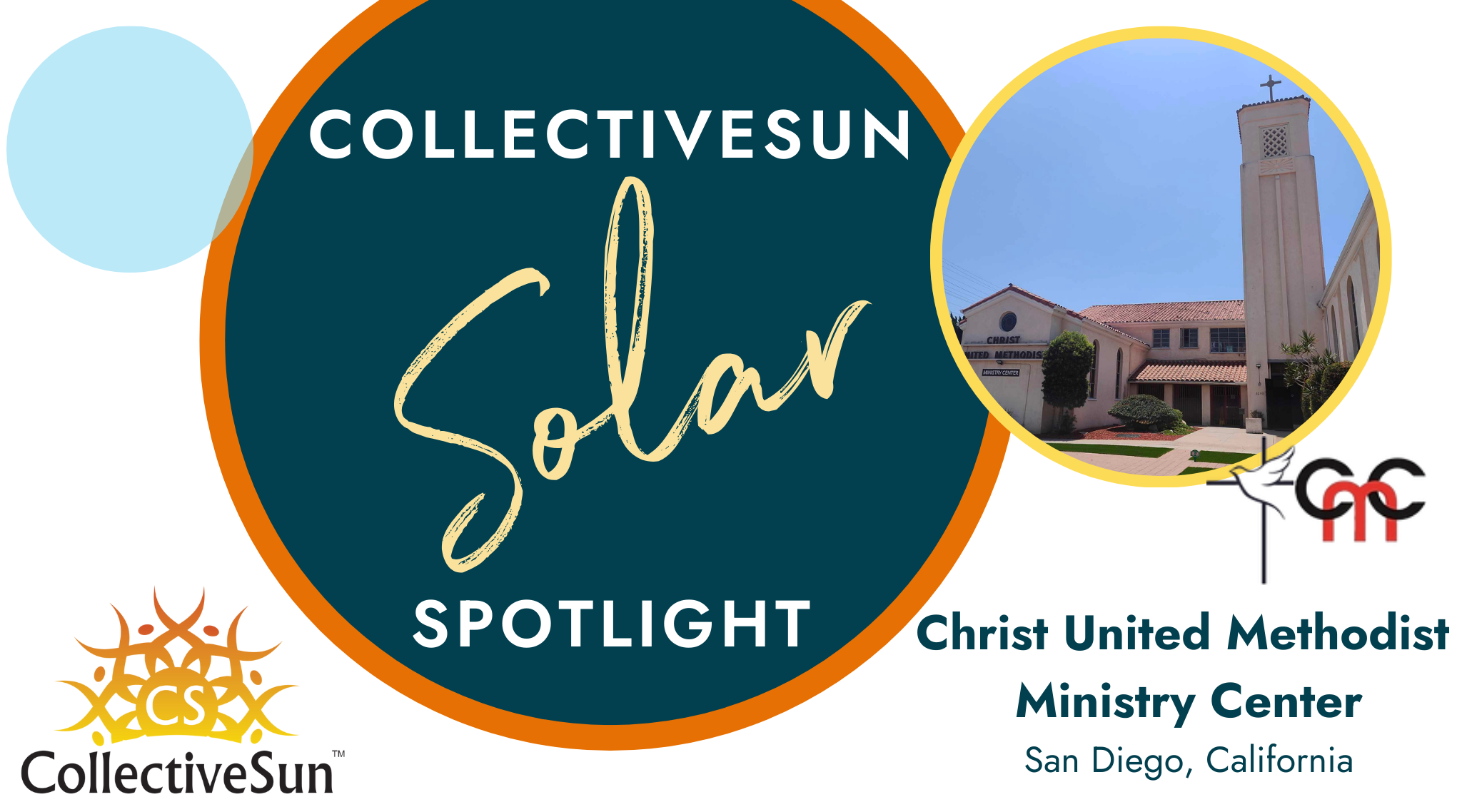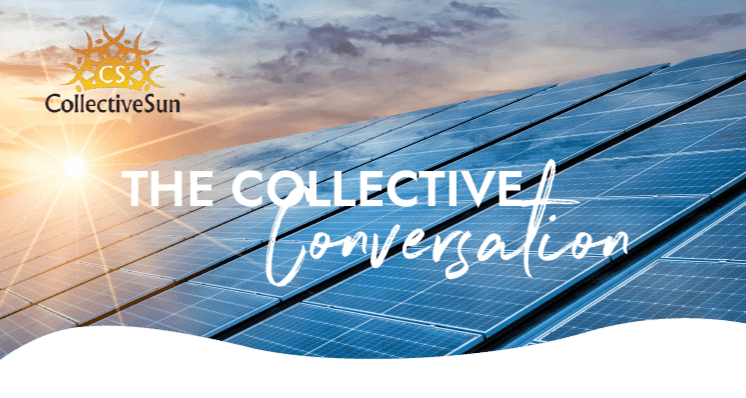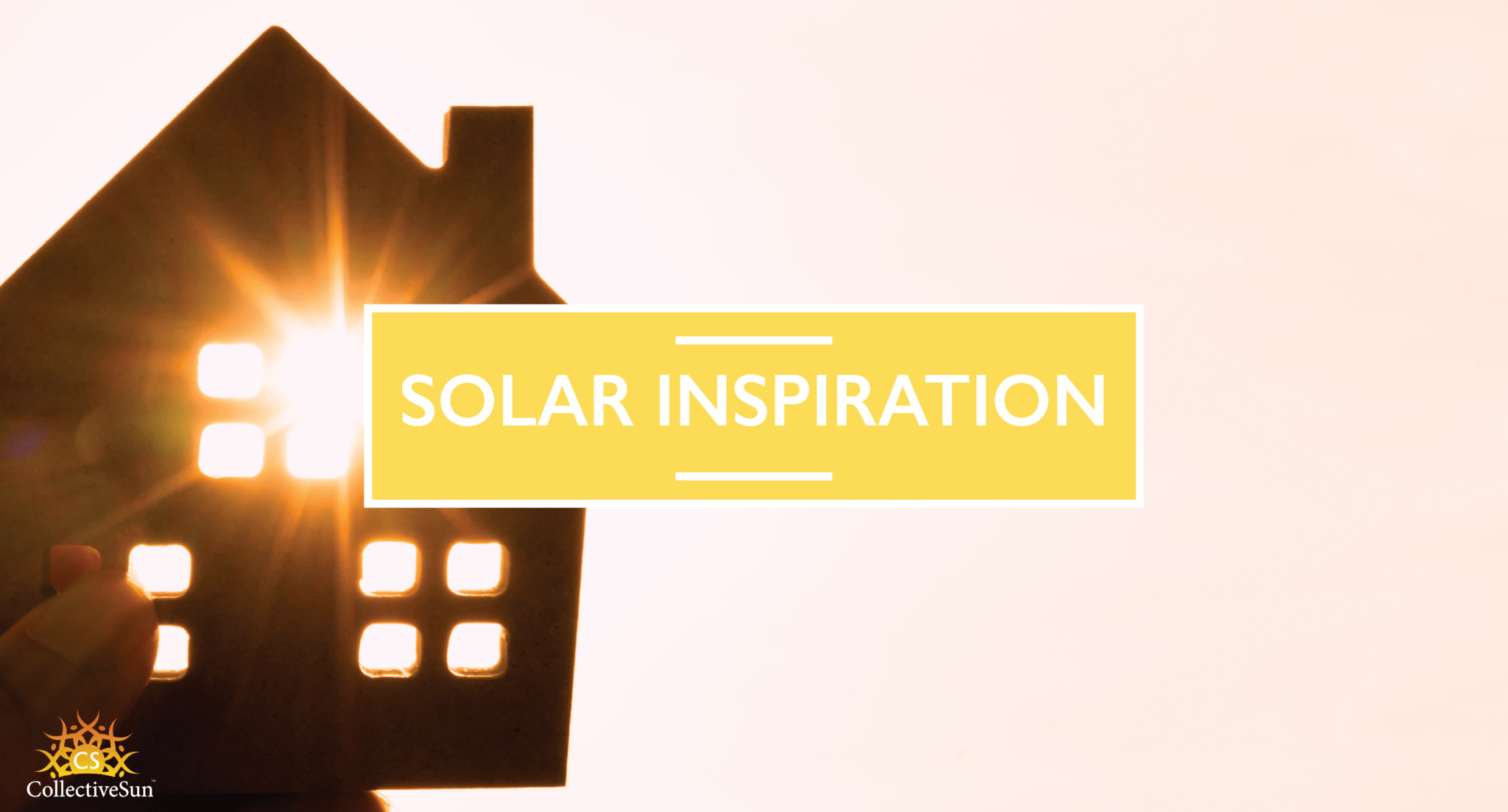
Story by Sara Carbone, CollectiveSun Content Marketing Manager
There is a wide range of housing organizations in America – from co-ops and Homeowner Associations to homeless shelters and senior service providers. What many of them have in common is a desire to operate in a way that is both environmentally and fiscally sustainable. “Caring about the community means caring about the environment we share,” said Karen Begin, Chief Development Officer of San Diego Habitat for Humanity, an organization that recently partnered with CollectiveSun to go solar. Like San Diego Habitat for Humanity, many housing organizations are looking to solar energy to ensure that they operate in a way that sustains their programming and addresses the health and well-being of their communities.
Over the years CollectiveSun has worked in many different industries. Our Solar Inspiration series focuses on these categories and specific nonprofits in those industries that we’ve helped go solar. So far we have highlighted museums and other art and cultural institutions, houses of worship, the solar’s impact on congregations, healthcare organizations, and educational institutions. For this sixth article in the series, we examine how housing organizations are tapping into the power of solar.
“ HOUSING ORGANIZATIONS REPRESENT A GROWING OPPORTUNITY FOR SOLAR DEPLOYMENT IN AMERICA. CREATING POLICIES AND PROGRAMS THAT FOCUS ON TRADITIONALLY UNDERSERVED COMMUNITIES, LIKE LMIS, DEMOCRATIZES THE CLEAN ENERGY TRANSFORMATION AND INCREASES ACCESS TO ENERGY INDEPENDENCE. ”
HOUSING ORGANIZATIONS PROMOTING EQUITY WHILE COMBATING CLIMATE CHANGE
A recent development in the past few decades has been an increasing focus on equitable access to renewable energy. Policies and programs have sprung up around the country to make solar more accessible to low and moderate income (LMI) communities.
In 2019 an estimated 34 million Americans lived in poverty. LMI communities tend to have low participation rates in solar for several reasons: high costs of direct rooftop installation, a lack of financing options, and no control of their roof space due to multi-family housing. These families have also been traditionally underserved by programs aimed at the proliferation of renewables. However, there is now a considerable push to circumvent barriers facing LMI communities through incentives and programs like community solar. Community solar is an installation that provides output credit and tax benefits to subscribers, many of whom might not otherwise have access to solar. These opportunities, as well as a host of affordable housing solar programs, are cropping up around the country.
Solar energy offers multiple benefits for affordable housing communities. Solar arrays lower the operating costs for an affordable housing portfolio and protect residents from volatile energy prices. When affordable housing organizations utilize their rooftop space for solar, their roof becomes a source of income. A solar project also tends to impact property values and even capital costs, since an array installation often comes with rooftop repairs, therefore lowering future capital expenditure on building maintenance.
New York City is one area that has a strong focus on bringing solar to affordable housing communities. Through a program called Co-ops Go Solar, the Urban Homesteading Assistance Board and the educational organization Solar One work with NYC low-income housing cooperatives interested in solar adoption by providing technical assistance and project guidance. They help Manhattan cooperatives understand their options around state and federal incentives for transitioning to renewable energy. In a relatively short amount of time, Go Solar has helped more than 20 buildings sign up for solar, generating over 522 kW.
Here Comes Solar is another Solar One program that focuses on supporting the growth of solar for multifamily and affordable housing solar installation and community solar. In 2018 Solar One worked with the housing organization Housing Works through the Here Comes Solar Program to help their buildings go solar. Aside from providing technical know-how, site assessment support, cost/savings analysis and financing advice, Solar One helped Housing Works create a remote net metering system that doubled their savings. Housing Works ultimately went solar through Co-op Power, an energy cooperative, and GRID Alternatives, a nonprofit that installs discounted solar arrays on affordable housing facilities.
Other regions are pursuing solar for affordable housing communities. Washington DC’s Solar for All Program, born out of solar friendly policy in the area over the past decade, has multiple areas of focus for low-income communities going solar: single-family and multifamily affordable housing projects, community solar projects and workforce development. Administered by GRID Alternatives and with a $120 million budget, California’s Disadvantaged Communities – Single-family Solar Homes program has increased solar adoption and provided renewables job training in disadvantaged communities all across the state.

COMMUNITY SOLAR AND AFFORDABLE HOUSING
There are solar installers partnering with solar developers and city organizations to install community solar projects for affordable housing units in urban areas. Community solar programs, for affordable housing or otherwise, can be particularly helpful in bringing solar to LMIs. Such projects often involve the combined efforts of multiple stakeholders: solar installers, financiers, local governments, and utilities. In Minnesota, for example, the largest community solar program is administered by Xcel Energy and regulated by the state while private solar developers own the projects and sell the subscriptions. In New York, a community share program for an affordable coop means that savings to individual subscribers are credited directly to them by the utility.
A federal program, HUD’s Renew300 Initiative, focuses on helping federally assisted properties install onsite or community solar and has assisted in the installation of over 300 MW of renewable technology. California, Washington D.C., and Massachusetts all have programs targeting affordable housing and community solar. The Massachusetts’ SREC II program awards a higher price for solar renewable energy credits generated by community solar projects or those serving affordable housing-related arrays. Additionally, there are state-level community solar policies around the country that include carve-outs for LMI communities.
Juan Parra, Director of Community Solar for Solar One, said that when organizations come together to make solar available to communities in need they “can develop successful renewable energy projects that provide good jobs and utility bill savings to those who need it most.”
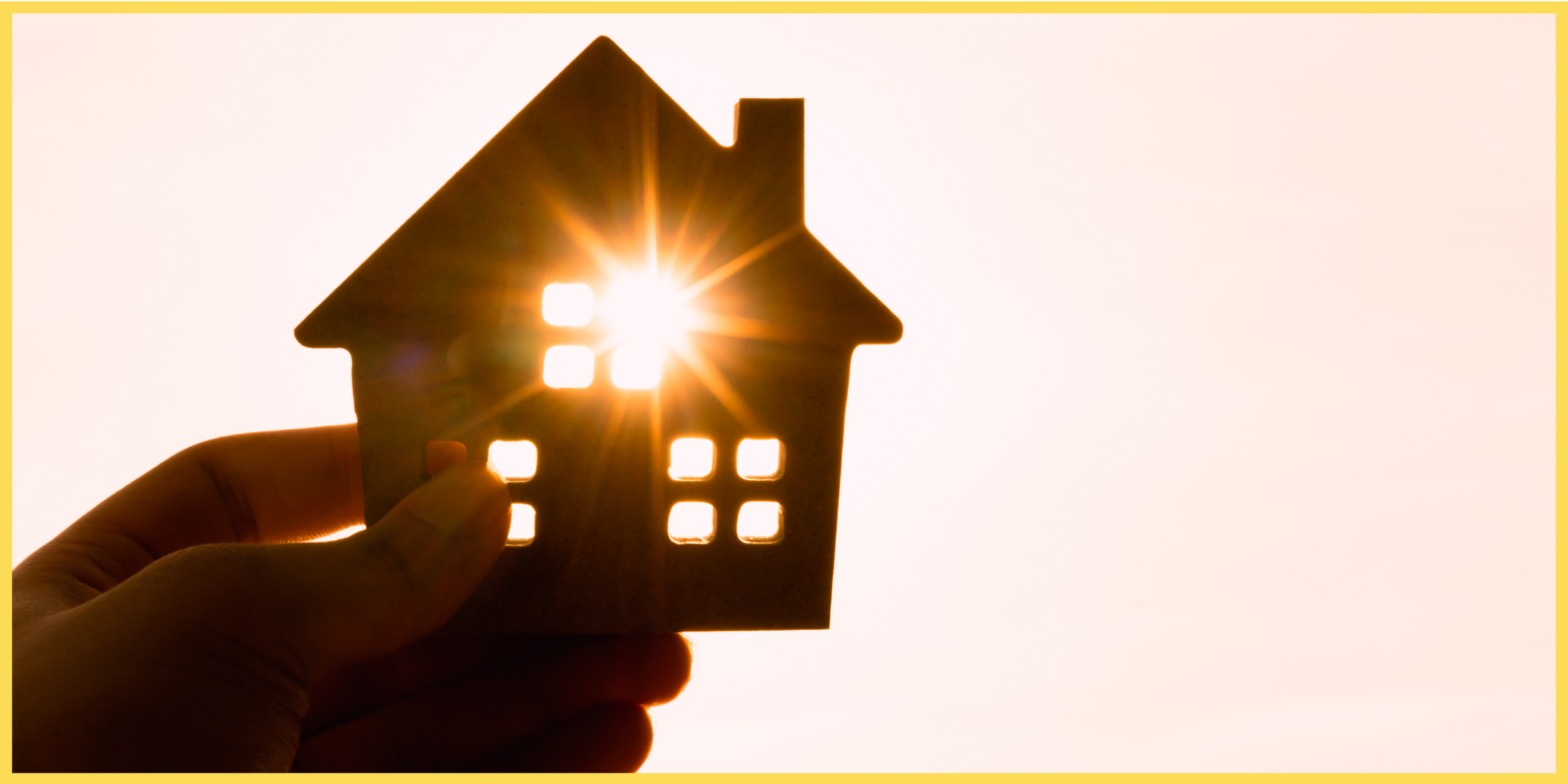
HABITAT FOR HUMANITY’S COMMITMENT TO SUSTAINABILITY
Habitat for Humanity, a global organization that builds affordable houses for families in need, strives to tackle vital two issues: affordable housing and helping the environment. The nonprofit has a history of making renewable energy an option for those who might not otherwise access it, and many of their chapter organizations reflect this commitment.
For the past 15 years, PG&E has worked with Habitat for Humanity on the Better Together Solar Habitat program to bring fully funded solar arrays to California residents with limited incomes. Each array generates an average of 300 kW of clean energy monthly and about $500 savings annually. Central Minnesota Habitat for Humanity helps fund solar on their homes and Give Solar partnered with Central Valley Habitat for Humanity in Virginia to make solar available for habitat homeowners, with the goal of having arrays on 20 habitats in the area. Recently, all six homes built by Habitat for Humanity in Brewster, Massauchestts received solar arrays that will allow them to operate nearly net zero and save an estimated $1600 a year in energy bills. The state’s Lieutenant Governor Karen Polito stated that combining the state’s need for more housing with clean energy is “incredibly powerful on a lot of levels.”
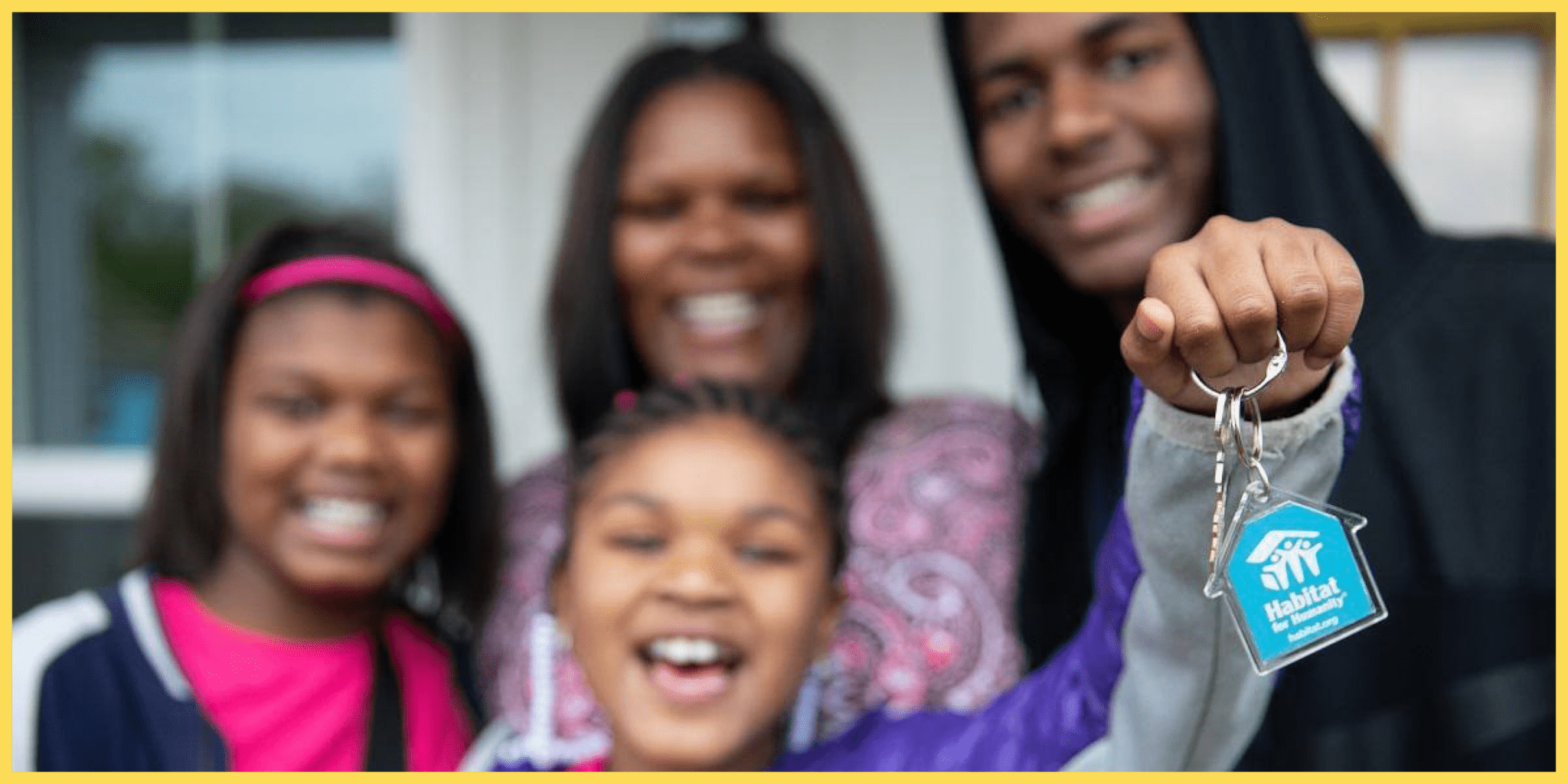
COLLECTIVESUN: WORKING WITH HABITAT FOR HUMANITY AND BEYOND
Despite the benefits of solar, some housing organizations struggle to adopt it. One reason is that they are not able to capture the tax benefits that help make it feasible due to their nonprofit status. CollectiveSun, with our monetization of tax credits, helps these organizations move past this barrier.
We recently partnered with San Diego Habitat for Humanity to help make their organization more energy efficient. The nonprofit was also a recipient of funding assistance from the SunForAll Solar Fund to install the arrays. “The solar project with CollectiveSun was a culmination of our long commitment to sustainability and renewable energy,” said Karen Begin of San Diego Habitat for Humanity. “Ultimately, the more money we can save on energy bills, the more opportunity we have to build more homes and partner with more homeowners.”
CollectiveSun has worked with various housing-related nonprofits to help them lower their energy bills through renewable energy. We’ve partnered with several adult communities looking to go solar with their homeowner’s association (HOA), such as The Greens at Seven Oaks HOA in California and Four Seasons at Wall HOA in New Jersey as well as a series of homeless shelters in Connecticut, Friendship Service Center of New Britain. We’ve also worked with housing facilities like the co-housing community Phoenix Commons in California and affordable housing units at Scotts Grove in Massachusetts.
Additionally, our team has helped senior service residences such as Pennsylvania’s Menno-Haven retirement community, Massachusetts’ Sacred Heart Skilled Nursing Home, and California’s Hospice of the Foothills. SunForAll Solar Fund recipient Casa de Amparo, a residential service provider for those impacted by child abuse and neglect, and Noah Homes, a nonprofit offering residential programs to adults with developmental disabilities, are two more organizations we’ve helped go solar.
Housing organizations represent a growing opportunity for solar deployment in America. Creating policies and programs that focus on traditionally underserved communities, like LMIs, democratizes the clean energy transformation and increases access to energy independence. Solar installers and developers can tap this market sector to simultaneously build their businesses and care for their communities. As Karen Begin stated, “caring about the community means caring about the environment we share.” Bringing sustainability and resilience to people’s homes, particularly where it is needed the most, is an ideal way to care for our communities and the environment
If you are a Nonprofit organization interested in learning more about solar, or are looking to launch a solar project with a Nonprofit organization, please contact our VP of Sales, Matt Brennan who can answer any of your questions.
Matt can be reached at [email protected] or 619-838-7363.



